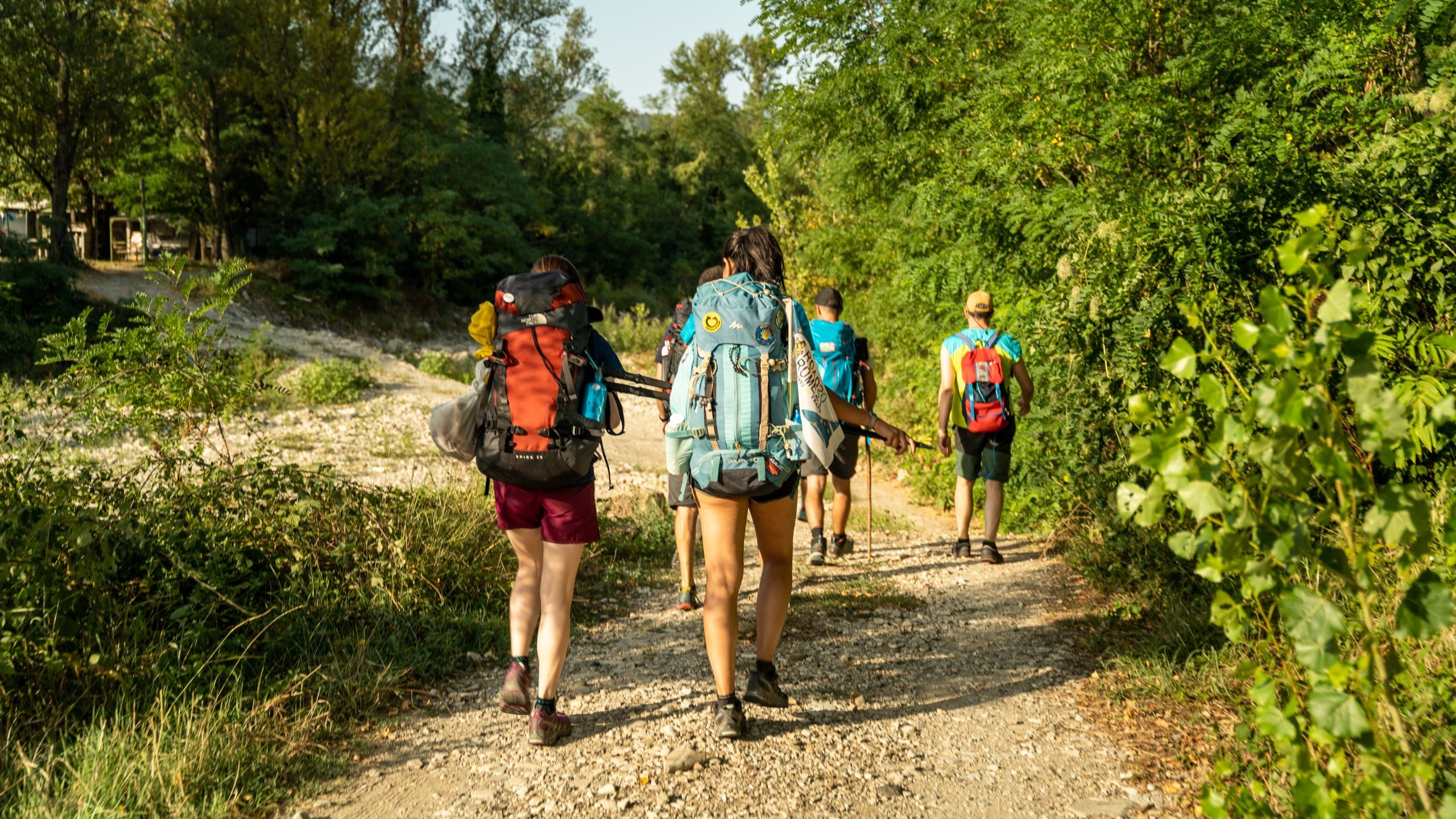The framework agreement between the two associations aims to make the Italian section of the Via Francigena increasingly accessible and inclusive, enhancing the historical, natural, and environmental aspects of the territories it crosses.
The European Association of the Via Francigena ways (EAVF) and the Italian Alpine Club (CAI) have signed a framework collaboration agreement to promote, enhance, and develop sustainable tourism and outdoor activities related to the Via Francigena.
Among the activities planned for the next three years are the maintenance and improvement of the routes, optimisation of signage and hiking information boards, revision of maps and cartography, and the organisation of events, seminars, and educational and training activities. Every project will be driven by the shared goal of making the Via Francigena increasingly accessible and inclusive, actively involving local communities and institutions at regional, national, and European levels.
Founded in Turin in 1863, CAI is a national association dedicated to promoting mountaineering and safeguarding the mountain environment, with a widespread presence across Italy. This mission finds a perfect complement in the broader European scope of the EAVF, which has been recognised as the réseau porteur of the Via Francigena by the Council of Europe since 2007, tasked with promoting and developing the cultural route that connects Canterbury to Santa Maria di Leuca.
“The Framework Agreement between the Italian Alpine Club and the European Association of the Via Francigena represents a significant milestone, the result of a long and fruitful dialogue between our organisations,” stated Francesco Ferrari, EAVF President. “I would like to thank the President and the leadership of CAI for their willingness and collaboration. This synergy will allow us to strengthen a relationship of cooperation and coordination, especially in the field of sustainable tourism and the promotion of the Via Francigena. In particular, being able to rely on CAI’s expertise and experience in the maintenance and preservation of routes is an enormous added value to ensure the safety and quality of the Italian section of the Via Francigena.”
“We are convinced that synergies between associations and institutions are essential for the protection of the landscape resources of the territories and for their historical-natural and tourism-environmental enhancement,” said Laura Colombo, Vice President of the Italian Alpine Club. “With the EAVF, we aim to develop a collaborative relationship that is not episodic, through which we can promote slow and sustainable tourism in the Italian territories crossed by the Via Francigena.”
Through this collaboration, the EAVF and CAI aim to strengthen the cultural, historical, and natural value of the Via Francigena, while ensuring an increasingly rich and safe experience for today’s and future walkers.









